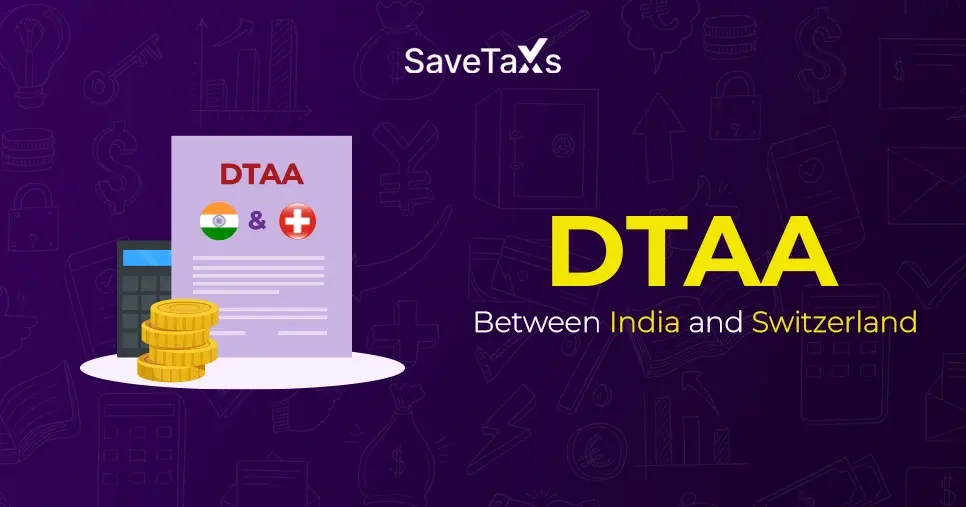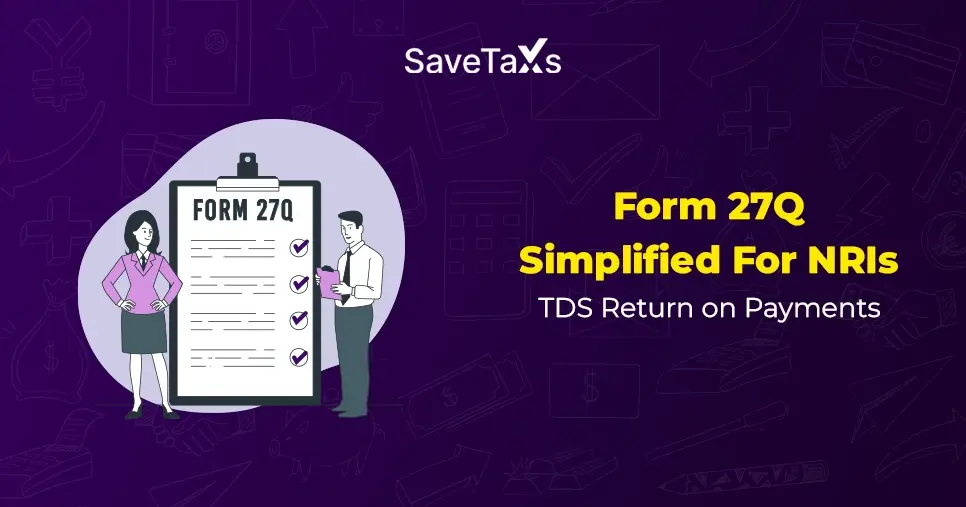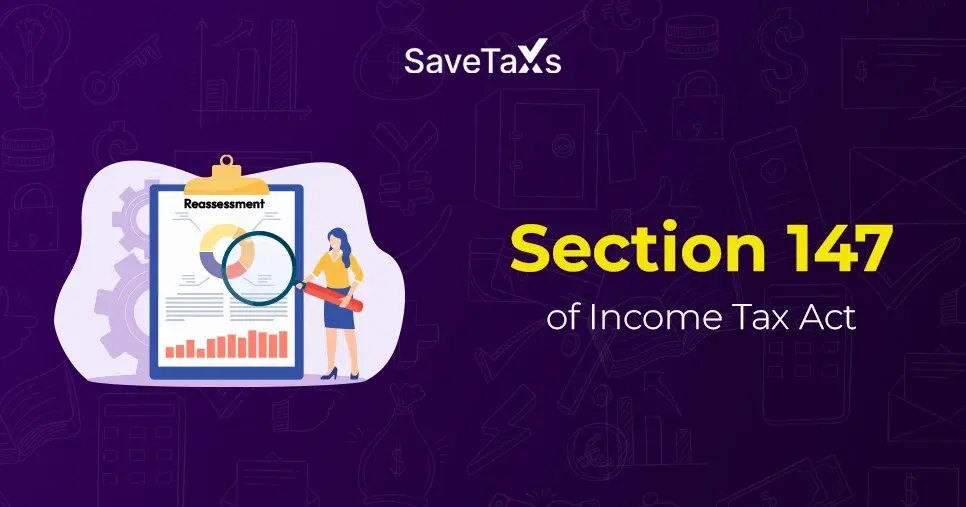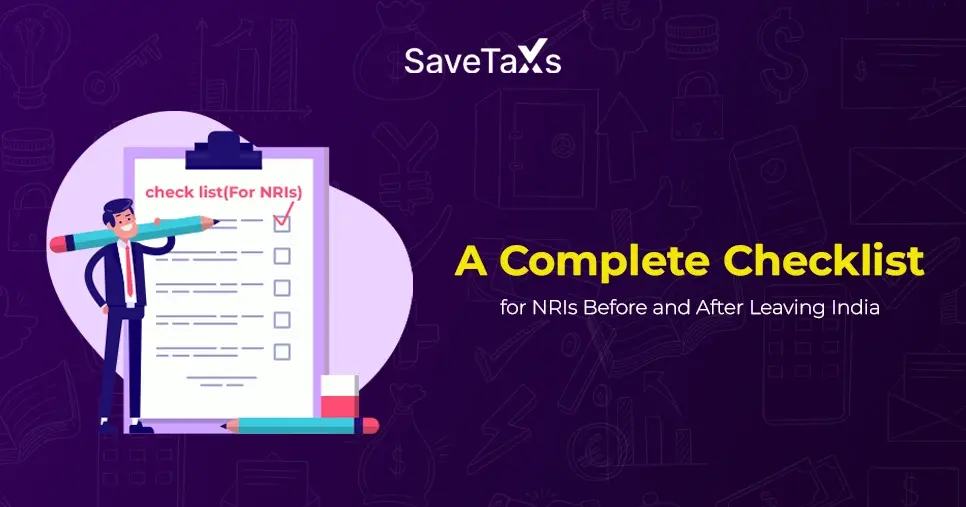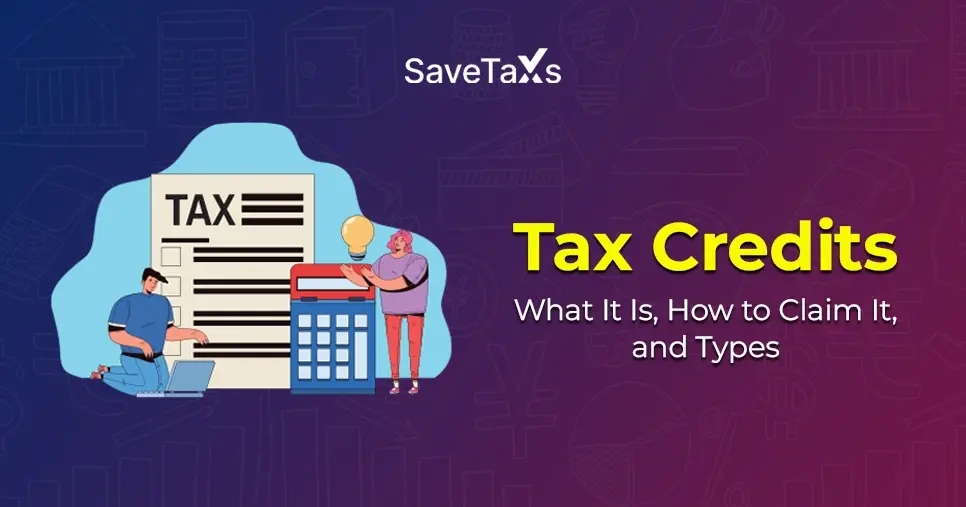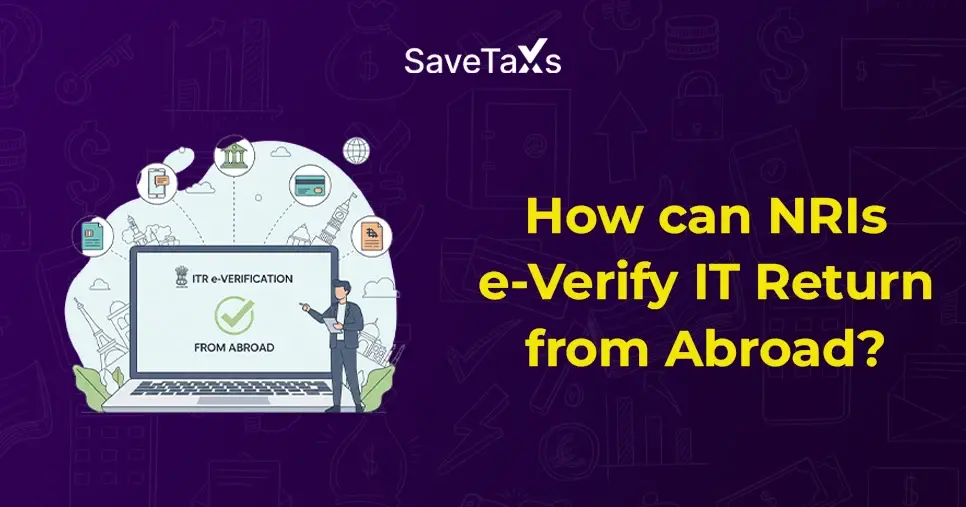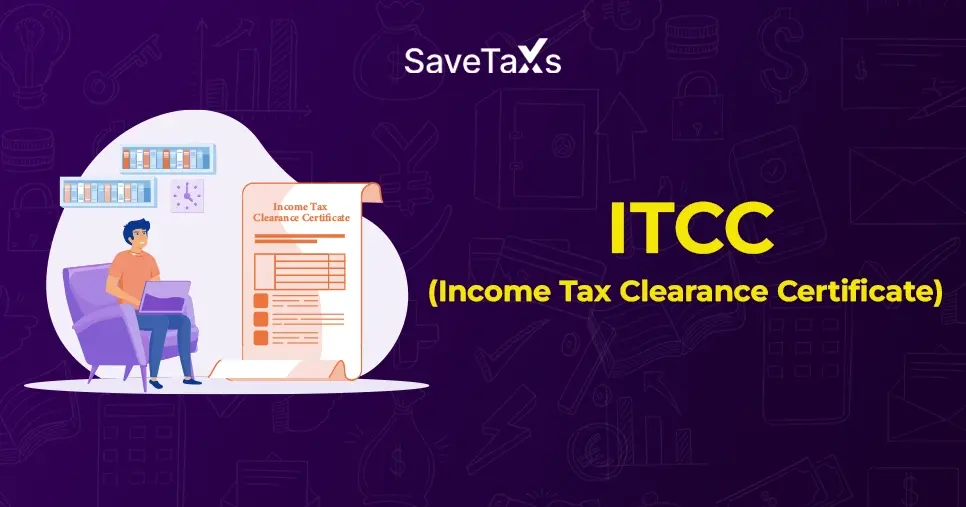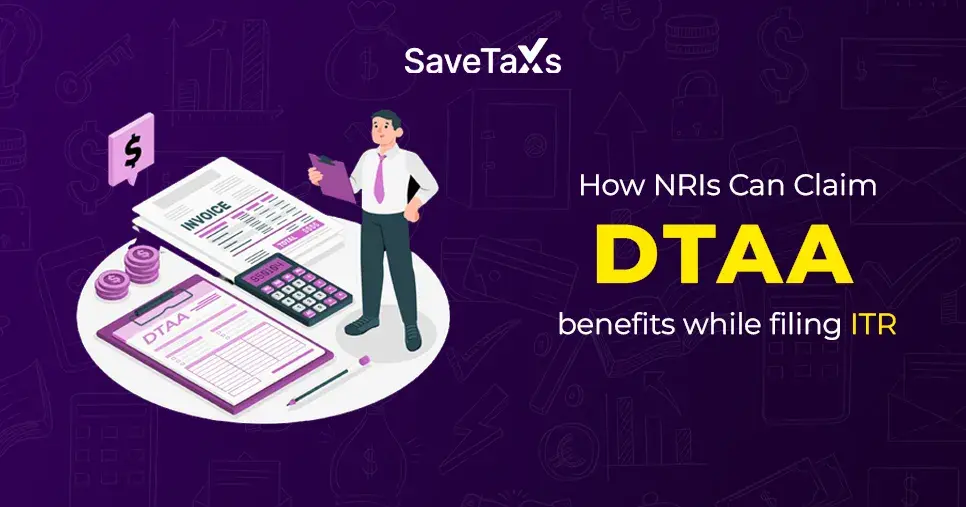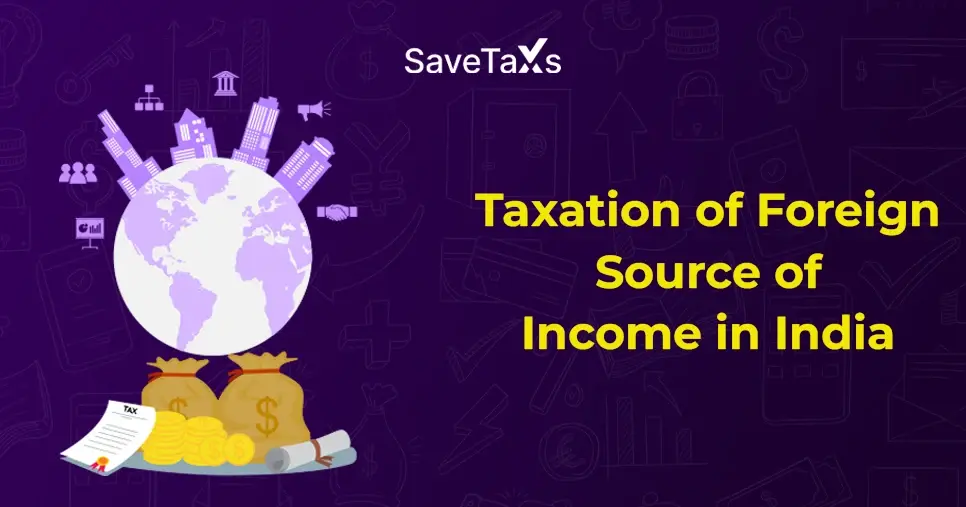- Who Can Claim Section 80C Deductions?
- Section 80C Deduction Comparison for Indians, NRIs, and HUFs
- Eligible Investments Under 80C and Risk Comparison
- Deduction Limits Under Sections 80C, 80CCC, 80CCD(1), 80CCE, and 80CCD(1B)
- Section 80C – An Illustration
- How to Claim Section 80C Deductions
- Final Word
Seeking different ways to save some tax on your investment in India? If so, your first route to it is Section 80C of the Income Tax Act, 1961. Through this section, you can claim up to INR 1,50,000 tax deductions on your investments in several financial assets like ELSS, PPF, NSC, etc., and reduce your tax liability. Section 80C provides you with several tax-saving options through allowable expenses and various investments.
Want to know more about this section? Well, then you are at the right destination. In this blog, we will talk about who can claim deductions under this section, the available tax deductions, and the exemptions it offers. So, let's begin reading.
Who Can Claim Section 80C Deductions?
Here is who can claim tax deductions under Section 80C:
Indian and Non-Resident Indians (NRIs):
According to the Income Tax Act, 1961, both Indian residents and Non-Resident Indians (NRIs) are eligible to claim deductions under Section 80C. This category includes both salaried and self-employed professionals, such as doctors and business individuals.
Hindu Undivided Family (HUFs):
Under the Income Tax Act, 1961, Hindu Undivided Families (HUFs) are considered separate assessable entities. Considering this, in an accounting year, they can claim up to INR 1,50,000 tax benefits under Section 80C. In addition, they have the flexibility to invest in several instruments such as Equity Linked Savings Schemes (ELSS), life insurance, and tax-saving Fixed Deposits (FDs) to claim tax deductions under Section 80C.
Senior Citizens and Others:
Senior citizens are those aged 60 and above. Under Section 80C of the Income Tax Act, 1961, these individuals can claim tax benefits. All investments mentioned in Section 80C, as well as specific options such as the Senior Citizen Savings Scheme (SCSS), can be used to claim tax deductions under this section.
These are the people who can claim tax deductions under Section 80C. Moving ahead, let's compare the available tax deductions for them.
Section 80C Deduction Comparison for Indians, NRIs, and HUFs
Here is a comparison of available deductions under Section 80C of the Income Tax Act for Indians, NRIs, and HUFs:
| Investment | Indian Residents | Non-Resident Indian (NRI) | Hindu Undivided Family (HUFs) |
|---|---|---|---|
| Life Insurance Premium | Available for all | Available for self, spouse, and children | Available for all the HUF members |
| Equity Linked Saving Scheme (ELSS) | Applicable for all | Applicable for all | Applicable for all |
| 5-Year Tax-Saving Fixed Deposit (Bank) | Yes, available for all Indian residents | It is only available for NRIs via an NRO account | Yes, available for all HUF members |
| Principal Repayment of Home Loan | Available | Only available on properties in India | Available |
| Tuition Fees (only for 2 children) | Applicable to all Indian residents | Applicable for children studying in India | Not applicable |
| Public Provident Fund (PPF) | Yes | NRIs do not have permission to open new accounts; however, they can manage their existing ones | Yes |
| National Savings Certificate (NSC) | Available for all Indian residents | Not available for NRI | Available for all the members in the HUF |
| Unit Linked Insurance Plans (ULIP) | Applicable | Applicable | Applicable |
| Sukanya Samriddhi Yojana | Available | Not available | Not available |
| Senior Citizen Saving Scheme (SCSS) | Yes, available for all Indian resident senior citizens | Not available | Yes, available if the member of HUF qualifies |
| Employees' Provident Fund (EPF) | Applicable | Only applicable if the NRI is working in India | Not applicable |
The table above shows the investments available for Indian residents and Non-Resident Indians to claim under Section 80C of the Income Tax Act. Moving further, let's examine the investments eligible under this section and their associated risk comparison.
Eligible Investments Under 80C and Risk Comparison
The table below compares several features of the deduction options available under Section 80C. It simplifies the process for taxpayers to select the one that suits them the most.
| Options for Investment | Average Interest | Lock-in-period for | Risk Factor |
|---|---|---|---|
| ELSS Funds | 12% to 15% | 3 Years | High |
| NPS Scheme | 8% to 10% | Till 60 Years of Age | High |
| ULIP | 8% to 10% | 5 Years | Medium |
| Tax Saving FD | Up to 8.40% | 5 Years | Low |
| PPF | 7.90% | 15 Years | Low |
| Senior Citizen Savings Scheme (SCSS) | 8.60% | Usually 5 years, but can be extended for three years. | Low |
| National Savings Certificate | 7.90% | 5 Years | Low |
| Sukanya Samriddhi Yojana | 8.50% | Till the girl child becomes 21 years old. Additionally, when she turns 18, partial withdrawal is allowed. | Low |
Apart from the above-stated investments, under Section 80C, expenses incurred in the principal repayment of a home loan and tuition fees of children can also be claimed as tax deductions.
This was all about the comparison of different investments that are part of the Section 80C deduction list and their risk factor. Moving ahead, let's know the tax deduction limits under different sections.
Deduction Limits Under Sections 80C, 80CCC, 80CCD(1), 80CCE, and 80CCD(1B)
Through Sections 80CCC and 80CCD, you can claim tax deductions for investments in pension schemes. The combined tax deductions you get from Sections 80C, 80CCC, and 80CCD(1) are up to INR 1,50,000. Apart from this, under Section 80CCD(1B), you can claim an extra tax deduction for National Pension Scheme (NPS) payments made. Hence, the total available tax deductions you can claim are INR 2,00,000 under Sections 80C, 80CCC, 80CCD(1), and 80CCD(1B). Confused? Have a look at the table below and resolve all your doubts.
| Sections | Investments Eligible for Tax Deductions | Maximum Deduction |
|---|---|---|
| Section 80C | Investments made in PPF/ SPF/ ELSS/ RPF and payments done towards the principal amount of a home loan, life insurance premiums, NSC, SSY, SCSS, and more. | INR 1,50,000 |
| Section 80CCC | Payment of pension funds | INR 1,50,000 |
| Section 80CCD(1) | Payments have been made for the Atal Pension Yojana or other schemes mentioned by the Indian government |
|
| Section 80CCE | Overall added limit of INR 1,50,000 for 80C + 80CCC + 80CCD(1) | INR 1,50,000 |
| Section 80CCD(1B) | Investments in NPS (apart from the INR 1,50,000 limit under section 80CCE) | INR 50,000 |
| 80CCD(2) | Contribution of the employer towards NPS (apart from the INR 1,50,000 limit under section 80CCE) |
|
These are the tax deduction limits under different sections.
Moving further, let's better understand section 80C through an example.
Section 80C – An Illustration
Mr. D, who is a taxable person in India, has an annual salary income of INR 10,00,000. In addition, he also has other income of INR 1,00,000. Apart from this, he has made an investment of INR 1,50,000 in the Public Provident Fund (PPF). Now, using Section 80C, let's know the difference in tax implications for claimed and unclaimed tax deductions.
| Particulars | Claimed Deductions under Section 80C | Unclaimed Deductions under Section 80C |
|---|---|---|
| Salary Income | INR 10,00,000 | INR 10,00,000 |
| Less: Standard Deduction | INR (50,000) |
INR (50,000) |
| INR 9,50,000 | INR 9,50,000 | |
| Other Income | INR 1,00,000 | INR 1,00,000 |
| Gross Total Income | INR 10,50,000 | INR 10,50,000 |
| Less: Section 80C tax deduction | INR (1,50,000) | - |
| Taxable Income | INR 9,00,000 | INR 10,50,000 |
| Total Payable Tax (including cess) | INR 96,200 | INR 1,32,600 |
Hence, by claiming a tax deduction using Section 80C of the Income Tax Act, 1961, Mr. D has saved INR 36,400 under the old tax regime.
Now, moving forward, how to claim tax deduction using this section.
How to Claim Section 80C Deductions
To claim tax deductions under Section 80C, consider the points stated below:
- Before 31st March of the fiscal year, invest in eligible investments that come under Section 80C.
- Gather proofs such as ELSS statements, deposit slips, and insurance premium receipts.
- To adjust TDS, specify the investments you made to your employer.
- Under Chapter VI-A, report the investments and file your Income Tax Return (ITR).
- Note: Section 80C deductions are available only under the Old Tax Regime. Taxpayers opting for the New Regime under Section 115BAC cannot claim these deductions.
This is how you can claim tax deductions under Section 80C and enjoy the tax benefits.
Final Word
Using Section 80C of the Income Tax Act during tax filing is a strategic way to achieve several financial goals, including wealth accumulation, funding education, and retirement planning. By understanding and utilizing the various provisions under this section, individuals across different income tax slabs can minimize their tax liability and secure their financial future.
Furthermore, if you need more guidance on this section or want assistance in claiming tax benefits under it, connect with Savetaxs. We have a team of experts who can provide you with a better understanding of this section and help you claim tax benefits efficiently.
Note: This guide is for informational purposes only. The views expressed in this guide are personal and do not constitute the views of Savetaxs. Savetaxs or the author will not be responsible for any direct or indirect loss incurred by the reader for taking any decision based on the information or the contents. It is advisable to consult with either a Chartered Accountant (CA) or a professional Company Secretary (CS) from the Savetaxs team, as they are familiar with the current regulations and help you make accurate decisions and maintain accuracy throughout the whole process.

Mr Shaw brings 8 years of experience in auditing and taxation. He has a deep understanding of disciplinary regulations and delivers comprehensive auditing services to businesses and individuals. From financial auditing to tax planning, risk assessment, and financial reporting. Mr Shaw's expertise is impeccable.
Want to read more? Explore Blogs
Frequently Asked Questions
No matter what your source of income is, we've got you covered. There’s a plan for everybody!
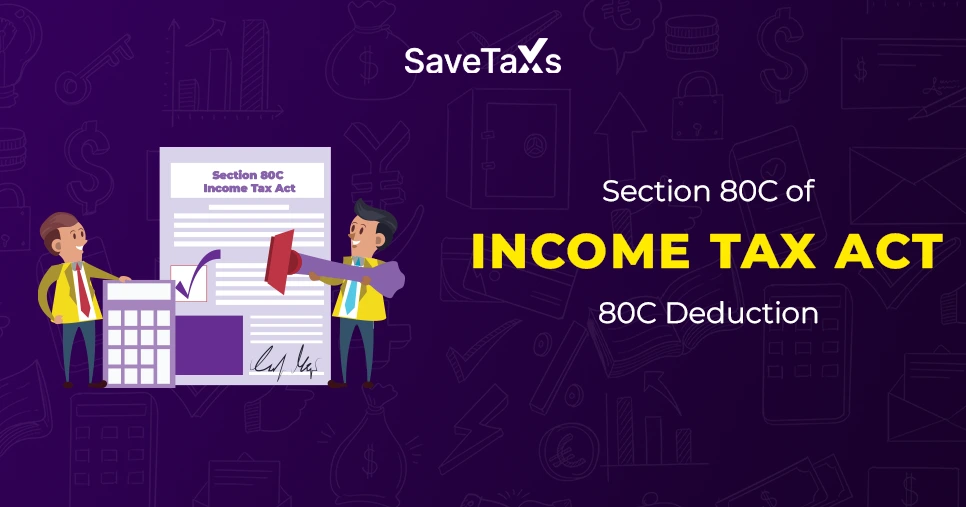




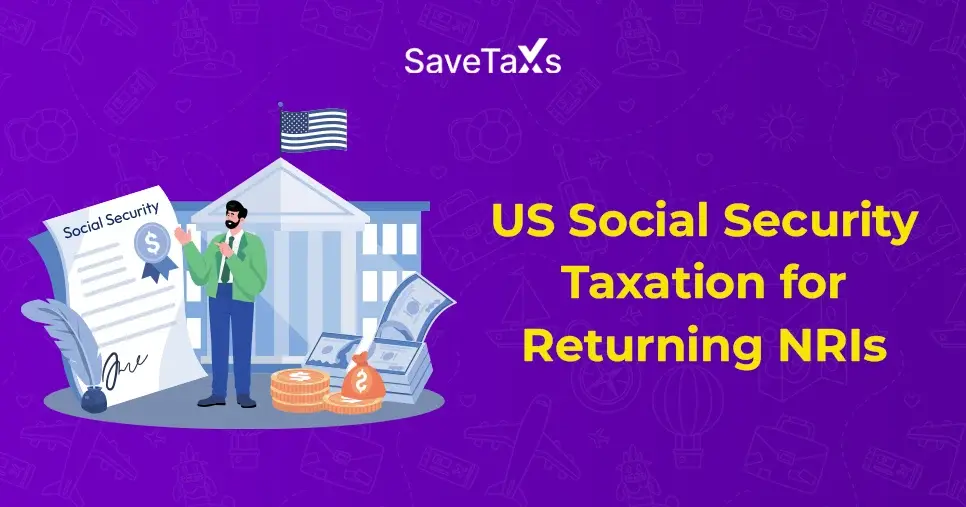
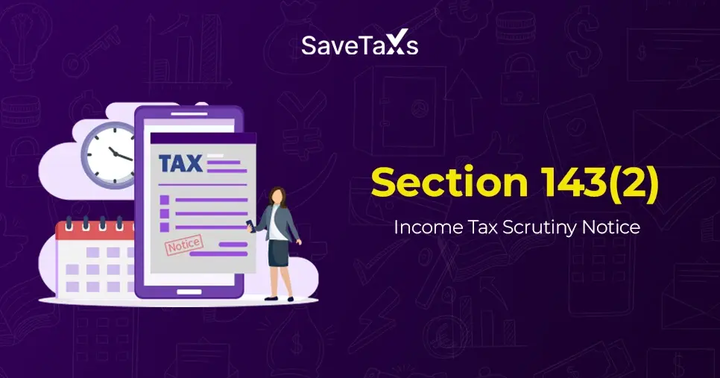

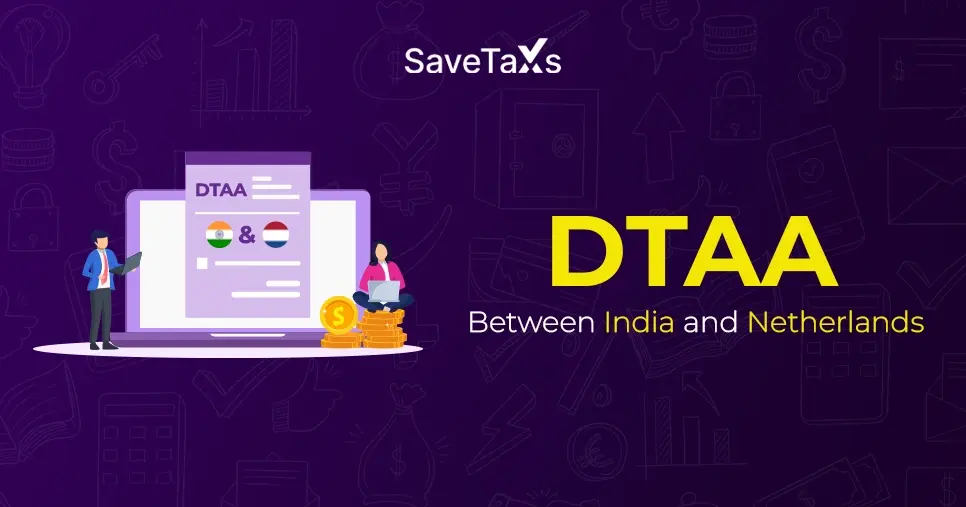
_1766059659.webp)
